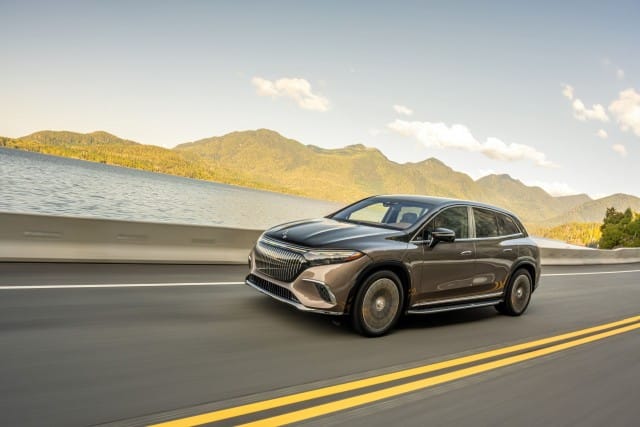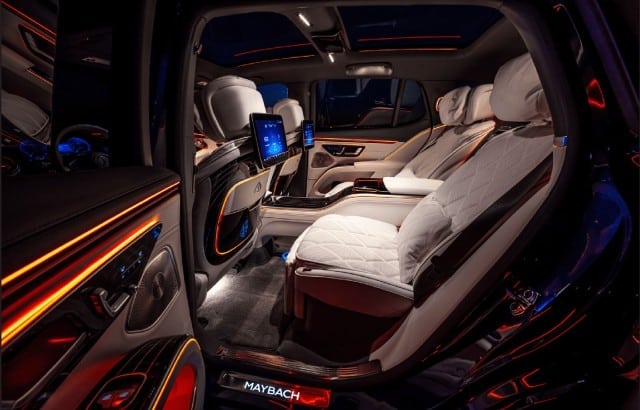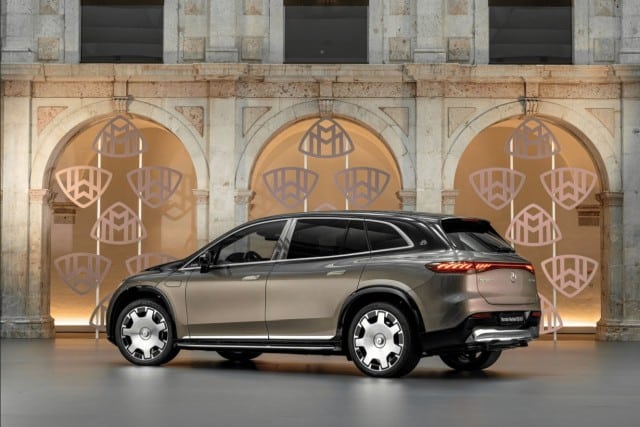The Maybach EQS 680 SUV electric flagship of the three-pointed star, has been launched in India from Rs 2.25 crore (base, ex-showroom).

‘What is good, must also be beautiful’ was the maxim of Karl Maybach. And, inspired by this philosophy, Mercedes-Maybach, with a storied history of more than a century, aim to redefine automotive excellence in the field of luxury electric mobility.
The Mercedes-Maybach EQS 680 SUV marks an important milestone for Mercedes-Benz as it unites their ambition to lead in digital and electric with a focus on the ultra-luxury segment. This first-ever all-electric Mercedes-Maybach complements the latest technologies from Mercedes-Benz with crafted detail, and a touch of the extraordinary, seen by clientele as typical of a Maybach.
Rather soon after the introduction of the EQA and EQB SUVs, Mercedes-Benz India continue the focus on BEVs, now bringing in their flagship electric Mercedes-Maybach EQS 680 SUV.
The Maybach EQS 680 SUV hopes to raise the desirability quotient for the brand and unlock a new segment of buyers. It brings a slew of advanced technology suites for comfort, safety and entertainment. Among the highlights are widespread set of front screens, twin 11.6-inch rear screens, Energising Air Control with HEPA filter, Air Balance Package with a curated fragrance, the Burmester 4D sound system, and rear-axle steering.

The Maybach EQS SUV measures 5,125 mm long, 2,034 mm wide, 1,721 mm high and has an EQS-consistent wheelbase of 3,210 mm. It packs a massive 122-kWh battery pack and, while promising a range of up to 611 kilometres (WLTP), it also leads to a kerb weight of an even 3,000 kg. That said, it needs some serious motive power to get a move on. And it does.
The two electric motors, one each for the front and rear wheels, produce a total of 484 kW (658 hp) and 955 Nm of torque—just 12 hp and 45 Nm short of the old SL 65 Black Series). Mercedes claim a 0-100 km/h time of 4.4 seconds and a top speed of 210 km/h. The Maybach EQS 680 SUV is rated at between 4.1 and 4.5 km/kWh (on the European cycle) which translates to a real-world range of around 500 km.




















Leave a Reply